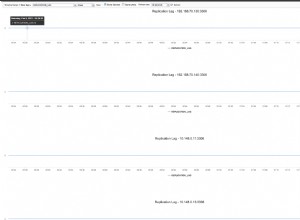Non è possibile creare un vincolo per verificarlo con le strutture delle tabelle esistenti. Un modo comune per farlo è questo:
create table loaner (
loan_id number(5) primary key,
loan_type VARCHAR2 (16),
loan_start_date date,
loan_end_date date,
constraint loaner_uk unique (loan_id, loan_type)
);
create table office_worker (
worker_id number(5) primary_key,
loan_id number(5),
loan_type VARCHAR2 (16),
worker_name varchar2(50),
constraint office_worker_loaner_fk foreeign key (loan_id, loan_type) references loaner (loan_id, loan_type),
constraint office_worker_loan_type_chk check (loan_type = 'OFFICE')
);
create table nonoffice_worker (
nonworker_id number(5) primary_key,
loan_id number(5),
loan_type VARCHAR2 (16),
nonworker_name varchar2(50),
constraint nonoffice_worker_loaner_fk foreeign key (loan_id, loan_type) references loaner (loan_id, loan_type),
constraint nonoffice_worker_loan_type_chk check (loan_type = 'NONOFFICE')
);
Cioè:
- Crea un vincolo UNIQUE ridondante in (load_id, loan_type) nella prima tabella.
- Aggiungi loan_type alle tabelle dei sottotipi e basa la chiave esterna su (loan_id, loan_type).
- Aggiungi un vincolo di controllo a ogni tabella di sottotipo per assicurarti che venga utilizzato il tipo_prestito corretto.




